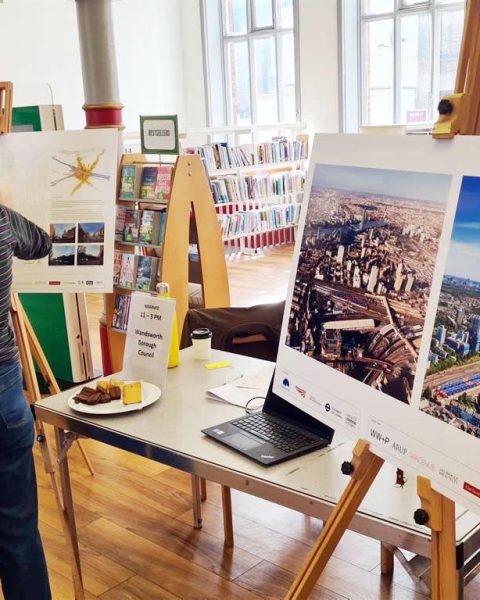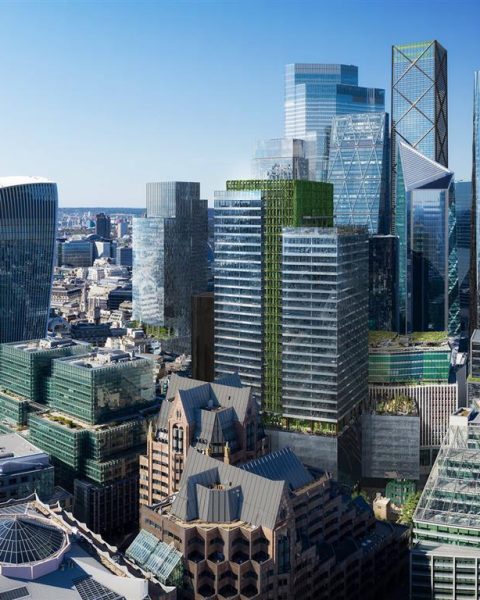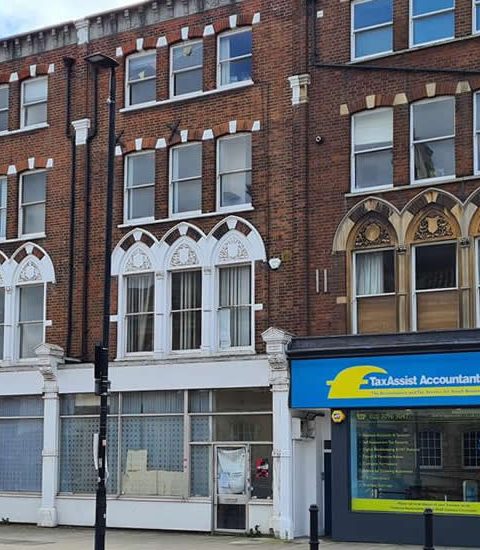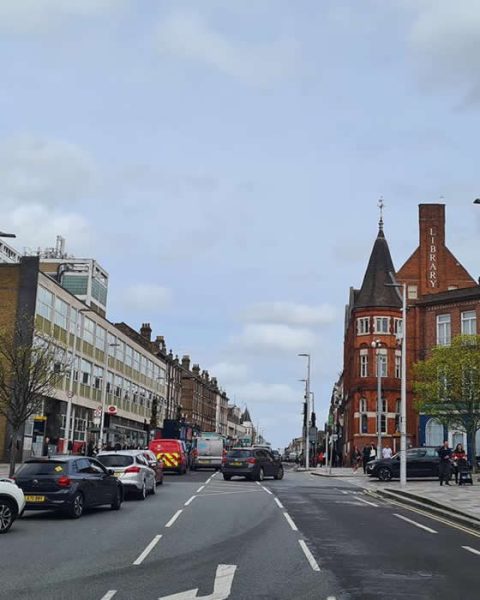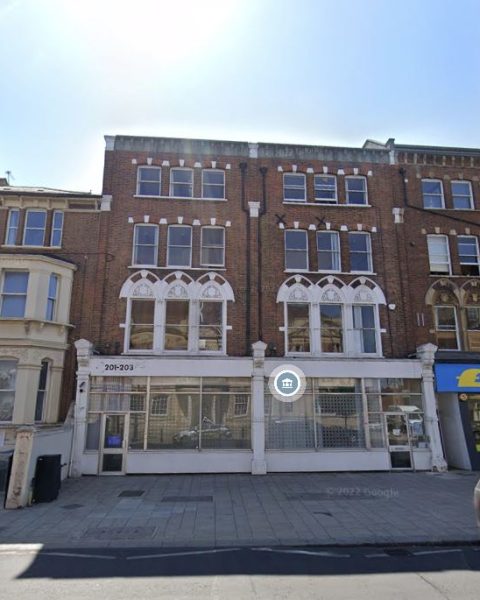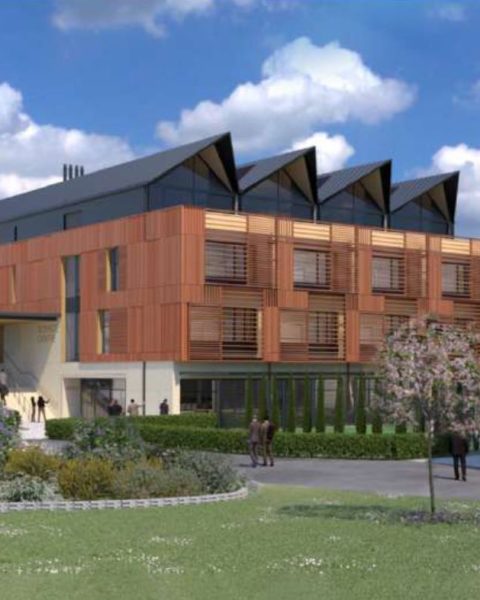Author: Cyril Richert

The London Assembly Planning Committee was discussing tall buildings this Wednesday 27 June at 11 10 am. As the meeting is open to the public, it was an occasion to attend (but it was also possible to watch online).
The purpose was to debate on the recommendations set out in a report of the Executive Director of Secretariat relating to the growth of applications for tall buildings and their implications for draft London Plan policy.
It is interesting to quote the Committee position (in the report 3.4-):
“The Committee has consistently recommended that Mayoral planning policy is strengthened to restrict the location of London’s tall buildings and improve their design and scrutiny of potential alternative design configuration. Moreover, the Committee agrees that tall residential buildings are not an answer to London’s real housing needs and as such should not be encouraged outside of a few designated and carefully managed areas of London.”
In a nutshell, more or less what CJAG (and Societies in Wandsworth borough) has said for a long time already, unfortunately without any consideration (except maybe when the Council’s spokesperson saying we were nimbyes!).
This meeting was focusing on the following questions:
- How has tall building policy evolved since the 2004 London Plan?
- What are the implications for the trends in London’s tall buildings in terms of representing an increasingly residential nature, and the outward spread to the suburbs?
- Who are these residential units for in terms of tenure and size mix?
- How are London local authorities assessing applications and applying policy?
- Is the tall building policy in the draft London Plan sufficient to ensure London’s identified housing needs are being met by this kind of proposal?
- Does the Mayor need to adopt a specifically ‘residential’ tall buildings policy?
There were 6 people in the panel questioned by the Assembly Members in the Committee, mostly borough representative or architects. 6 people were also in the public audience.
Increase of tall buildings applications caused by: overseas investment + environmental constraints + encouraging signs given by the Mayor and local policies
Paul Wellman, Senior Analyst, Estate Gazette, was first questioned regarding the figures published showing there was now 510 tall buildings in the pipeline (under construction, having planning consent or applying for permission or environmental assessment) in London, and regarding the enormous escalation over the most recent years. He confirmed that while it was fairly level in 2008-2009.., then there was a jump in 2012 onward. The London Olympics and a lot of international capital are cited as having played an important part in that increase.
Nicky Gavron, Chair and Labour Assembly Member, stated first that the New London Architect‘s definition of a tall building is from 20 storeys while the Mayor of London’s definition is 10 storeys. Then she moved on the topic of overseas investment and why this is happening (18:40 in the video).
Paul Wellman explained that overseas investors are more likely to buy off plans but it seems difficult to make it the full reason behind the increase. His view (as underlined by the chair) is that the constraints caused by the green belt, the viewing corridors, the prevent of net loss of industrial premises and the increase of 1 million inhabitants over the last 10 years are the main reason why we should see more and more tall buildings.
He also acknowledged that the evolution of the London strategic policies might be another reason (from 2008 “tall buildings create attractive landmarks” to 2017 “tall buildings have a role in London accommodating expected growth“). He gave the example of Old Kent Road where the designation as “opportunity area” created a surge in the amount of tall buildings with 3 applications in the last 6 months, all with tall buildings up to 48 storeys.

This was later confirmed by Sripriya Sudhakar, officer in the borough of Tower Hamlets, who explained that in their experience the small sites are trying to rise very tall (e.g. Quay House, 0.19h, a developer proposed 68 storeys and 498 units), which correlate in her view to the 2012 Housing SPG talking about “optimising housing” and that most of the developers saw as a way forward to build taller. In addition, the targets set out by the Mayor of London for delivering housing leads often to compromise, at the expense of good place making and with difficulties to assess the cumulative impact.
Paul Wellman explained that tall buildings work better for the rental market where there is an onsite concierge, a management company. In addition There is an increase of international institutional funds (banks, insurance companies, pensions, hedge funds) looking at the property market, especially buy to let, and on a management perspective, it is easier when a single owner is letting the whole tower.
Barbara Weiss, director of architect practice, commented that there has been a recent shift, driven by foreign money over the last year, from nearly all commercial/office towers to now 90% rentals. She warned that we are therefore in uncharted territory with unknown consequences, such as the difficulty and cost to maintain the tall buildings (average lifespan of towers in New York is 41 years). This is also confirmed by the officer for Tower Hamlet, citing Aldgate (video 48:00) where they saw a shift from commercial, office building in the local plan in 2007, to mostly residential in 2017.
Towers are compromising the quality of life
Nicky Gavron said that 50% of last year schemes were above the top of the density matrix of 350 per hectare and Paul Wellman acknowledged that the “density matrix was often breached, very often“. In addition, she said that on all the provisions given in 2017 on the 10-20 storey towers, only 7% were for affordable rent (not even specifically social) and 11% for intermediate.
Ms Sudhakar explained that they find particularly difficult to deal with a lot of schemes coming at the same time for a relatively small area, where the residential clusters (again surging in designated opportunity area) have a completely different requirement in term of amenities. That is why they work with masterplans, finding how the sites can come forward and interact with the neighbourhood rather that examining each site on its own. All of what seems to be ignored in York Road developments by the borough of Wandsworth!
The officer for Tower Hamlet explained that they try to encourage schemes comprising a podium with towers above, which are preferable to accommodate families (especially for affordable units) on 6-8 storeys with playground on the podium.
However, when pushed by Sunand Prasad, Senior Partner at Penoyre & Prasad Architects and London Mayor design advocate, to say (video 1:06:00) that “the number that are being sold are compromising the quality of life“, the officer acknowledged it was “a reality“.

Sunand Prasad highlighted (video 1:14:10) that while the London plan is saying that “Boroughs should identify on maps in Development Plans the locations where tall buildings will be an appropriate form of development in principle… taking account of …” but is missing anything about making cohesive communities, place making, social capital. Ms Sudhakar said that indeed impact based assessment does not necessarily leads to good place making, and she gave an striking example on an appeal decision in Whitechapel estate (video 1:19:10):
“One of the reason for refusal was amenity (lack of daylight to the property). The inspector took the view that because you are in an inner London borough (and you are choosing to live in an inner London area) the loss of sunlight/daylight is not something that should be considered.“
“That’s terrible“, “you’re kidding“… were some reactions from the Committee! Unfortunately the National Policy is going down the same lane according to the Tower Hamlet officer.
The officer regretted that there was no guidance on housing provision, daylight, how to deliver better quality of living for family homes (particularly on affordable), how are the residents living, etc. What is the social value we are looking for? There should me a requirement to demonstrate the case of social improvement made buy any new tall building. The London plan is silent on quality of life for the people who will be in those places (video 1:59:00).
Sripriya Sudhakar explained that in tall buildings, lower storeys are given to families and top storeys or penthouses are going to wealthy individuals or investors. In general, families should not live in buildings more than 6-8 storeys high. Earlier, Paul Wellman explained (23:45) that in larger schemes, where tall buildings comprised generally 1-2 bedroom flats, family housing were located in the lower rise buildings next door.
David Hughes, Planning policy manager, London borough of Harrow, confirmed this view and said (video 1:40:00) that he sees pressure to building high coming up, however developers don’t provide many family units (3, 4 bedrooms) in high rise as they have difficulties to sell. In addition, he accused the Mayor’s target to encourage suburban intensification and pocket sites development, therefore loosing family housing to create more density in term of 1-2 bedroom units. Young people might find exiting to live in a 1-2 bedroom in high rise but should family suffer?
Sunand Prasad suggested that the London plan should not focus on a figure showing that 70% of people need 1-2 bedroom units, as it might just be because there is nothing else. Instead, the London Plan should be encouraging bigger units. Once you build 1-2 bed units, it’s very difficult to make them bigger and units for families are also good for co-living (video 2:22:00) and the plan should encourage innovation and design.
Tom Copley, Labour Assembly Member, asked the architects (video 2:00:35) “how the London plan should say in term of tall residential buildings as a sustainable source of affordable family housing“. Barbara Weiss (video 2:01:07) responded that in her view
“It is barking up the wrong tree […] Tall buildings are way more expensive to build, way more expensive to maintain, they take a lot longer to go through plans, they are disliked by a lot of local people. There are a lot of reason why [tall buildings] should be a last resort, particularly for families. […] Should the whole London suffer because a lot of young wealthy people choose to live in those towers? I think we should say enough is enough“.
Earlier she said (video 1:45:20) that people should look now at “housing models that look right in that setting“ and that she does not “really see the need for these tall buildings [as] they alter completely the feeling […] and once you’ve got them, you’ll never get rid of them“. She wondered “what function are these tall buildings are fulfilling as they are not delivering the bulk of new housing“.
The London Assembly would like to give more say to local communities
Navin Shah, Labour Assembly Member, said (video 45:12) that there is a strong resistance from residents against high rise. Barbara Weiss said also (video 2:24:10) that
“local residents should have a much greater say (whether they can have a veto?). At the moment they have a very limited power and it does affect enormously how you feel about an area”.
Several member agreed and Sunand Prasad said it should be implemented “at a plan stage (to avoid a chaotic unstable system)“. He added that “there should be a level of engagement with local people that we have never achieved, and we need to do that to do really resilient and proper local plan“.
You can watch the full meeting on YouTube:




